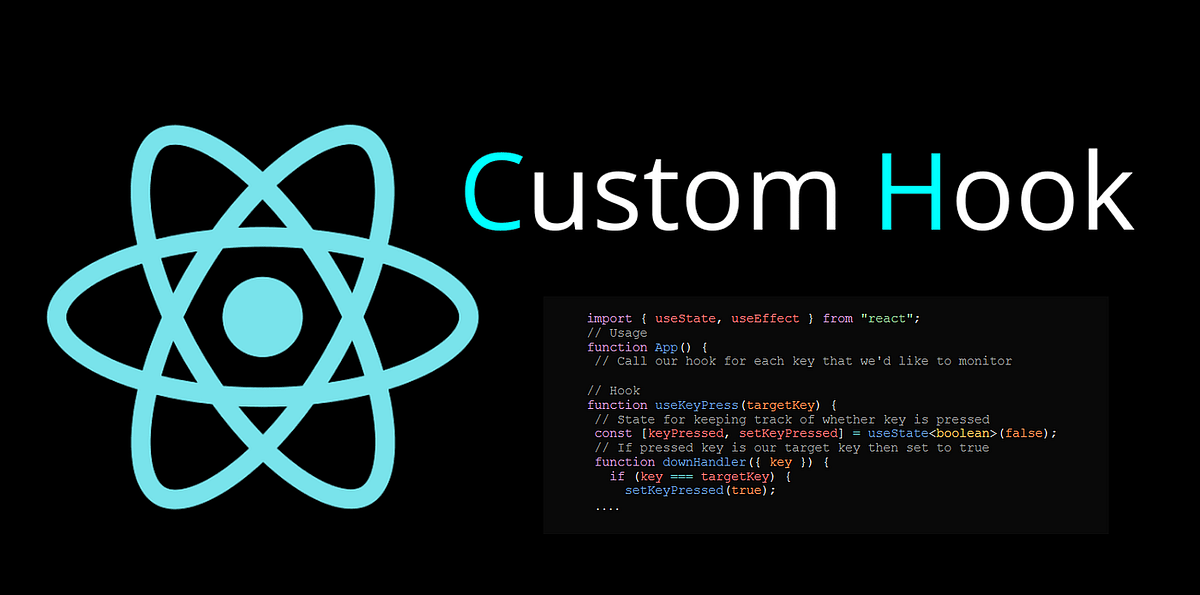Introduction
In React development, custom hooks are a powerful feature that enables developers to encapsulate and reuse logic across different components. They offer a way to extract common functionality, making codebases more modular and easier to maintain. Whether managing state, handling side effects, or optimizing performance, custom hooks allow for cleaner, more efficient code.
Understanding and implementing custom hook patterns is key to building scalable and maintainable React applications.
What Is React?
React is a popular JavaScript library used for building user interfaces, particularly single-page applications where dynamic content changes within a single page. Developed and maintained by Facebook, React allows developers to create large web applications that can update and render efficiently in response to data changes.
React operates on a component-based architecture, meaning that the user interface is broken down into reusable pieces called components. Various React JS Interview Questions focus on React Architecture, making it an important React component. Each component manages its own state and renders specific parts of the UI. These components can be composed together to create complex UIs.
One of React’s core features is the virtual DOM, a lightweight copy of the actual DOM. When a component’s state changes, React updates the virtual DOM, compares it with the actual DOM, and then updates only the parts that have changed. This makes React applications faster and more efficient than those that manipulate the DOM directly.
React is often used with other libraries or frameworks, such as Redux for state management or Next.js for server-side rendering. It’s widely adopted in the industry due to its flexibility, performance, and strong community support, making it an essential tool for modern web development.
Custom Hook Patterns In React
Custom hooks in React are a powerful way to encapsulate and reuse logic across different components. They allow developers to extract common functionality into reusable functions, making the codebase more modular and maintainable.
Here are a few common patterns for creating custom hooks:
1. State Management: Custom hooks can manage complex state logic. For example, a useForm hook can handle form state, input validation, and submission logic, simplifying the form handling process across multiple components.
2. Side Effects and Fetching Data: Hooks like useFetch can abstract the logic for making API calls, handling loading states, and error management. This keeps components clean and focused on rendering UI while the hook manages the data-fetching logic.
3. Event Handling: Custom hooks can be used to manage event listeners. For example, a useWindowSize hook could listen to window resize events and return the current window dimensions, enabling responsive design across the application.
4. Performance Optimization: Hooks like useDebounce can delay the execution of a function until a specified time has passed since the last call, which is useful for optimizing performance in scenarios like search input or API calls.
Custom hooks follow the same rules as regular hooks, such as using them only at the top level of a function and only in functional components. Consider joining the React Course for Beginners to learn more about React Custom Hooks. By using these patterns, developers can write cleaner, more reusable, and more maintainable React code.
Conclusion
Custom hooks in React enhance code reusability and maintainability by encapsulating logic into reusable functions. They allow developers to manage state, handle side effects, optimize performance, and manage events more effectively. By leveraging custom hooks, you can keep your components clean and focused, leading to more efficient and scalable applications.

